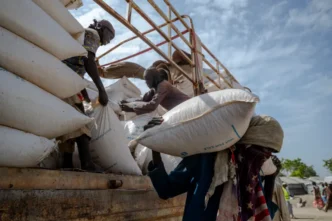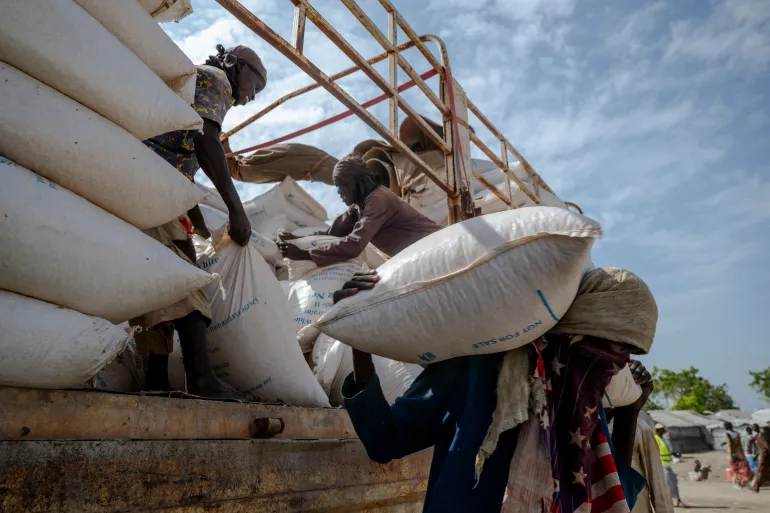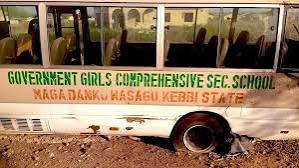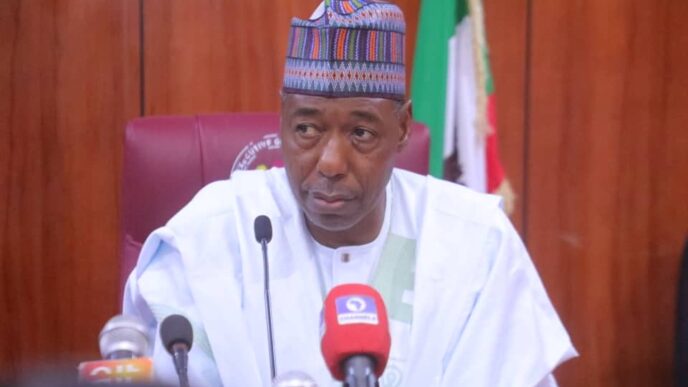In a statement on Tuesday, the UN agency said funding shortages are forcing it to prioritise aid for “roughly one third of those in need,” meaning only about 110 million of the most vulnerable people would receive support. The WFP estimates it will require $13 billion to reach that target but cautioned that “current funding forecasts indicate WFP may only receive close to half that goal.”
Gatekeepers News reports that the United States — the WFP’s largest donor — has reduced its foreign aid under President Donald Trump, and several major European donors have also cut back their humanitarian contributions, contributing to the widening funding gap.
According to the agency, the number of people facing acute hunger — 318 million — is more than twice the figure recorded in 2019, driven by conflict, extreme weather events, and economic instability. UN bodies this year declared famine in Gaza and parts of Sudan, a situation WFP executive director Cindy McCain described as “completely unacceptable in the 21st century.”
In the foreword to the WFP’s 2026 Global Outlook report, McCain said the world’s response to escalating hunger “remains slow, fragmented and underfunded”.
“Global aid now covers less than half of total needs, with steep reductions in food assistance. Almost all operations have had to cut food and cash, and prioritise which vulnerable group receive help,” she wrote. She also warned that attacks on humanitarian staff have surged, exposing “a growing disregard for international humanitarian law.”
Of those projected to face hunger in 2026, 41 million people are expected to experience emergency-level food insecurity or worse.
Last week, the WFP and the Food and Agriculture Organization (FAO) identified 16 global “hunger hotspots,” from Haiti to South Sudan, warning that funding shortfalls are deepening already critical conditions. The agencies said they have received only $10.5 billion of the $29 billion needed to support those most at risk.











